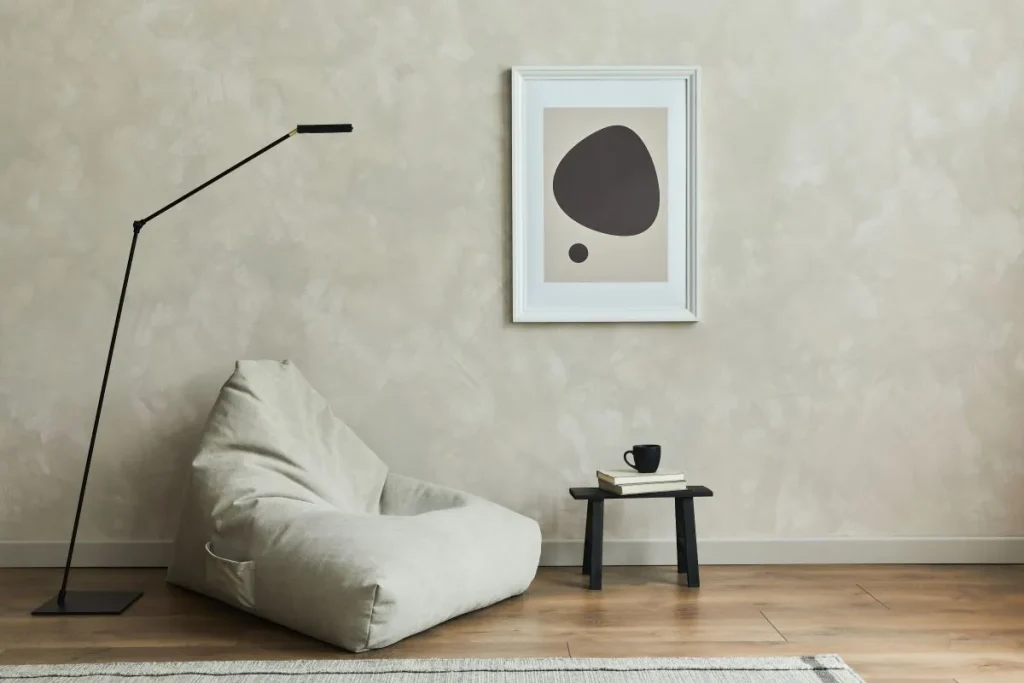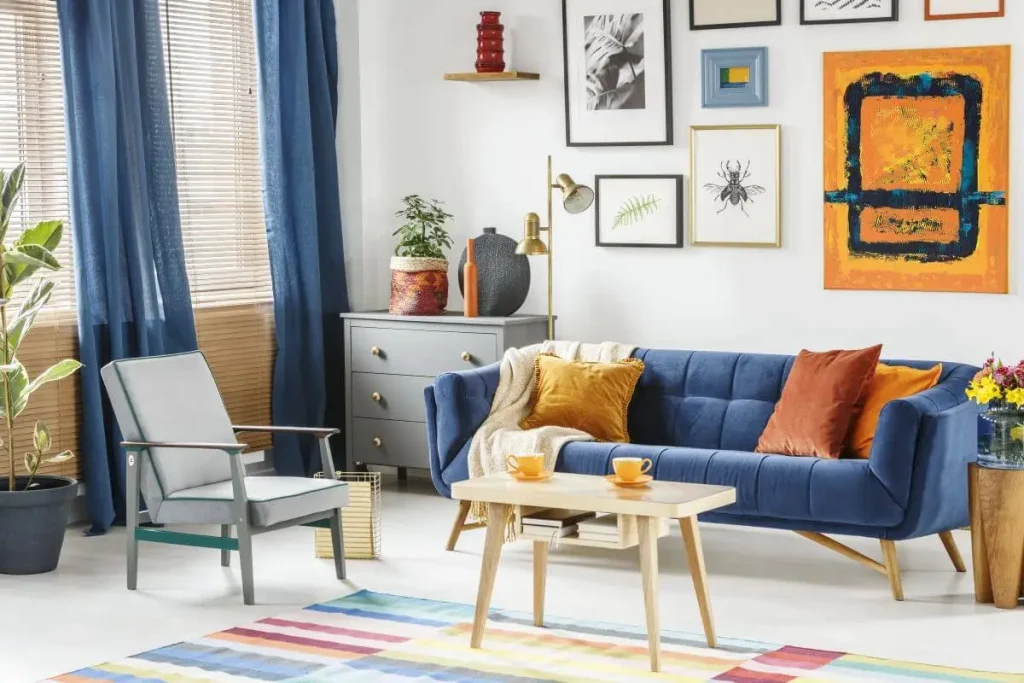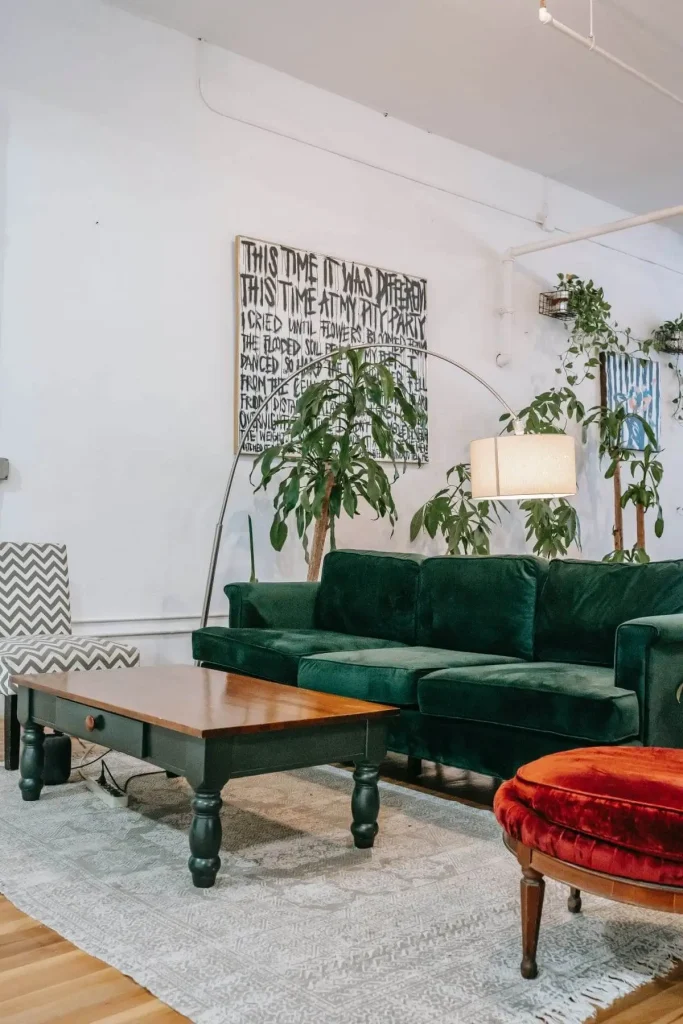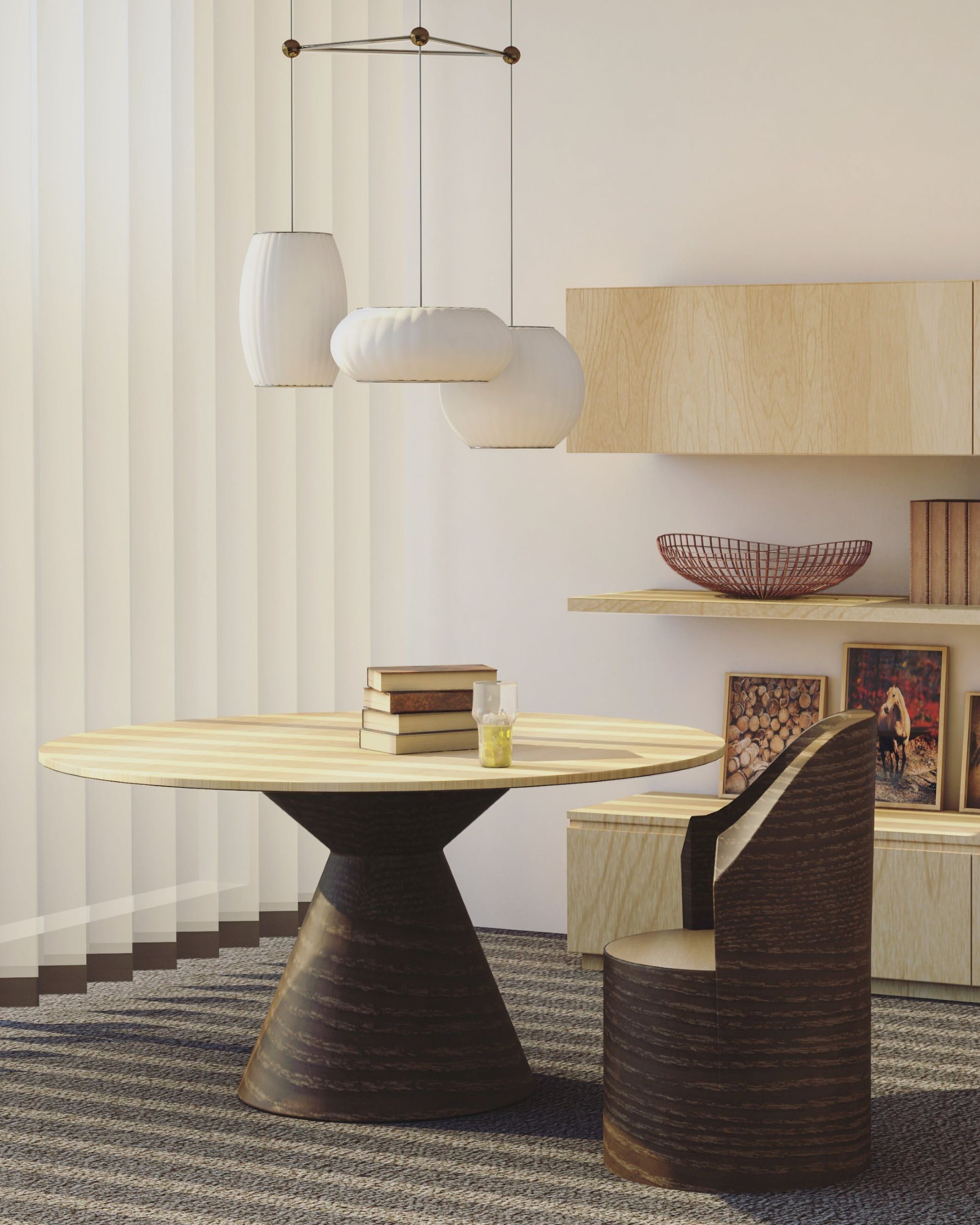The Bauhaus movement has long been praised in the field of interior design for its creative concepts and long-lasting appeal. Since then, the Bauhaus aesthetic has had a significant influence on modern design, influencing everything from furniture to clothing to architecture.
Anyone may design a room that is both aesthetically pleasing and practical by adhering to the Bauhaus concepts of minimalism and practicality. One might even consider implementing this timeless architectural concept into their own RFO house and lot in Bacoor, Cavite, which was developed by the prestigious Crown Asia Properties.
Hence, the following article will generally discuss the evolution of the Bauhaus interior design, its significance in contemporary architecture, and how you may use it as inspiration for everything—even by using it as an inspiration for the interior design of your RFO house and lot in Bacoor, Cavite.
What is Bauhaus in interior design?
In 1919, architect Walter Gropius established the Bauhaus school in Weimar with the goal of establishing a unique sort of art school that would unite fine arts and crafts to advance contemporary architecture and industrial production. He created the Bauhaus movement, which aimed to close the divide between the arts and business by emphasizing design that was practical, simple, and rational.
The German art school Bauhaus, which was only in operation for 14 years (from 1919 to 1933), but in that time made a lasting impression on both art and design, has become the source of Bauhaus interior design.
Pieces that are associated with the Bauhaus aesthetic usually include tubular steel, various metals, and a denial of ornamentation—a signature that is inextricably linked to the Arts and Crafts movement—inspired by Germany’s status as an industrial powerhouse and acting as a sort of reaction to it.
The origins of Bauhaus style
The De Stijl movement, which valued primary colors and geometric abstractions, as well as the Russian Constructivist movement, that championed functionalism and the utilization of industrial materials, were two of the art styles that influenced the Bauhaus style. Avant-garde artists and designers like Wassily Kandinsky, Paul Klee, and László Moholy-Nagy also had an impact on Bauhaus artists and designers.
What is Bauhaus style known for?
Although the Bauhaus school halted operations in 1933, the Bauhaus movement kept going and gave rise to a new style of architecture that created elegant, practical, and mass-producible basic designs. Functional shapes, abstract designs used selectively as décor, basic color schemes, comprehensive design, and common industrial materials like steel, glass, and concrete are some of the traits of Bauhaus architecture.
Bauhaus interior design and furniture tips
1. Establish a Minimalist Perspective
To achieve this approach, you may start by simply clearing the space and concentrate on clean lines, simple geometric shapes, and a monochromatic setting.

All irrelevant finishes and décor will be removed, giving you a sleek and practical Bauhaus design. This approach ensures that every object has meaning and fosters a sense of peace and order. At last, you are able to give your surroundings your whole attention!
2. Engage in Geometry Play
A fundamental component of Bauhaus design is geometry.
Authentic Bauhaus home design heavily relies on geometric elements. Squares, triangles, and circles can all be incorporated to provide your design structure and visual interest. Therefore, homeowners may include geometric patterns and shapes into their home’s furnishings, décor, and even architectural elements. Additionally, to provide more visual appeal and establish order, homeowners can also think about adding angular furniture or geometric-patterned rugs.
3. Make an Open Floor Layout
Another fundamental component of a classic Bauhaus interior design is an open floor plan, which emphasizes harmony and functionality.
Natural light streams into the space, highlighting the angular shapes and clean lines with a smooth, borderless flow. This method highlights the elegance of minimalist furniture while promoting flexibility and connection.
4. Experiment with Vibrant Colors
Bright palettes are often experimented by Bauhaus interior designers. They carefully use these to establish focus points in a space. Thus, homeowners may choose primary colors, such as red, yellow, and blue, to create a striking visual effect and a sudden surge of energy. The careful balancing of strong colors will improve the design’s overall look by adding a vibrant dynamic and charisma.

5. Incorporate Contemporary Materials
Homeowners can try experimenting with contemporary materials like glass, steel, and concrete in addition to practical elements like exposed ductwork and industrialized lighting. The use of these materials to create both aesthetically appealing and practical living spaces was pioneered by Bauhaus designers. To create an industrial-chic aesthetic, homeowners may use them into their interior design through furnishings, fixtures for lighting, or even architectural components.
6. Carefully Choose Art and Décor
Homeowners should effortlessly arrange everything they need to create the ideal modern Bauhaus interior decor. Homeowners can do this by selecting minimalist or abstract art that places an emphasis on visual harmony and elegance.
To add vitality and visual impact, homeowners can think about using primary colors or strong contrasts. It is also important to take note of thoughtfully exhibiting your artwork. Permit your best things to take center stage and improve the ambience of the space.
7. Pay Attention to Form and Function
The fundamental principle of contemporary Bauhaus design is the balance of form and function. Every component, including the furniture and arrangement, improves the overall appearance while fulfilling an essential purpose. Hence, it is important to make sure the objects you choose for your space fulfill your demands and blend in perfectly with the overall style and feel of the area. Additionally, keep in mind that less is more, so choose wisely.
8. Compare Your Sources
By using different materials, you may give your Bauhaus design visual depth and attractiveness. As an example, you can combine a modern glass coffee table with a scruffy rug. The interior’s comparison of textured and smooth materials produces a visually captivating space with a distinct sensory element.
9. Incorporate Natural Shapes

Using natural shapes in your interior design brings a touch of warmth and pure elegance. For balance and aesthetic harmony, homeowners may integrate organic elements in addition to the geometric shapes that are the focus of Bauhaus design. After all, an intriguing and welcoming ambiance is created by the interplay of geometric and organic elements.
10. Increase Openness
Lastly, don’t forget to make the most of your home’s windows, rooftops, and sliding glass doors in your RFO house and lot in Bacoor, Cavite, to let in lots of natural light.
To let in as much light as possible, homeowners may choose sheer materials or minimum window treatments. A Bauhaus interior emphasizes the design’s simple lines and open feel by making the most of sunlight.


